Zinc Acetate is an organic compound which is categorised as an acetate salt in which zinc is the cationic element. It exists in both anhydrous and dihydrate forms. It is a very useful chemical material that is industrially produced by acetic acid’s action on zinc carbonate or zinc metal and it’s chemical formula is C4H6O4Zn.
Chemical Appearance
Zinc Acetate has the appearance of a white crystalline solid. It is soluble in water and dilute mineral acids. However, it is insoluble in alkalis. It is a mildly toxic chemical.
Chemical Applications and Strengths
Zinc Acetate or Zinc Ethanoate is an extremely useful chemical compound and therefore, has many industrial uses. Its main applications and strengths are:
- Zinc Acetate is most commonly used in the production of dietary supplements.
- It is widely used as a food additive having the E number E650.
- It has numerous medical uses.
- It is an important ingredient in lozenges used for treating the common cold.
- Zinc acetate can also be used for the treatment of zinc deficiencies.
- It is used as a daily-use supplement to prevent the absorption of copper in the body for the treatment of Wilson’s disease.
- Zinc acetate is also applicable for use as an astringent in ointments, topical lotions, or mixed with antibiotics for the treatment of acne.
- It is popularly utilised as a topical anti itch ointment.
- It is highly effective for preservation of wood.
- It is applied as a mordant in dyeing.
- It is consumed for manufacturing glazes for painting on porcelain.
- As a reagent, it is effective in testing for albumin, tannin, urobilin, phosphate, and blood.
- It is largely consumed as a feed additive.
- It is employed as a cross linking agent for the mass production of polymers.
- It is applied in the production of adhesives and sealants.
- In the plastic industries, it is put to use in the manufacturing of plastics, plastic products, and plastic additives.
- It is well suited for use as raw material in a variety of products such as cosmetics, chemicals, and metals etc.
- It is adopted for use in the production of personal care products such as cosmetics, shampoos, perfumes, soaps, lotions, and toothpastes etc.
- It is utilised in the production of pesticides.
- It is quite suitable as a process regulator such as an activator, accelerator, oxidation agent, and reducing agent etc.
- It is consumed for the production of products for animals such as pet food and pet care products etc.
| Item | Value |
| Purity | 99% |
| Melting Point | 237 °C |
| Density | 1.735 g/cm3 at 25 °C(lit) |
| pH | 6-7 |
| As | 3 ppm |
| Pb | 0.005% |
| Cl | 0.010% |
| SO4 | 0.010% |


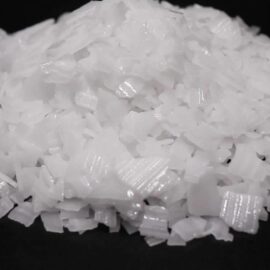
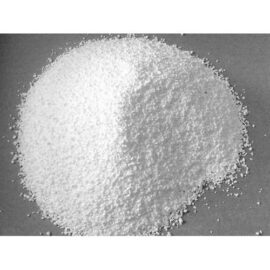
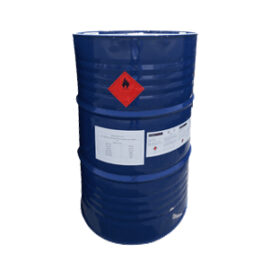
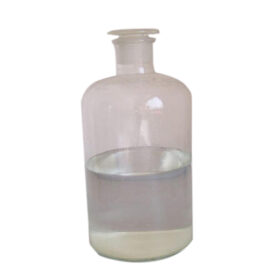
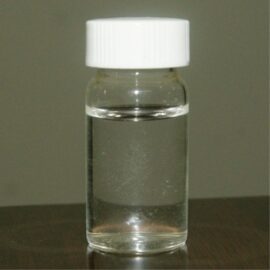

Reviews
There are no reviews yet.